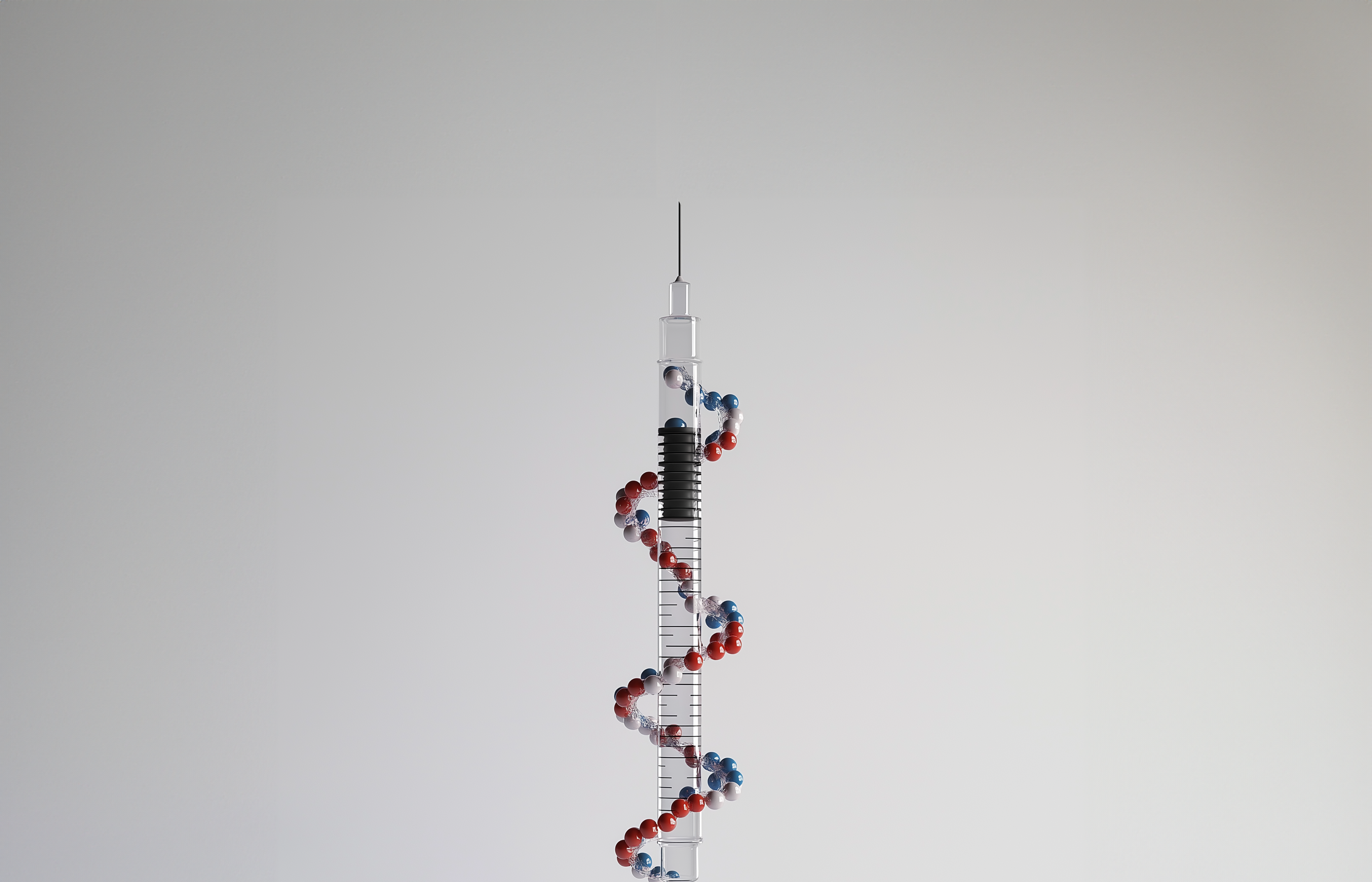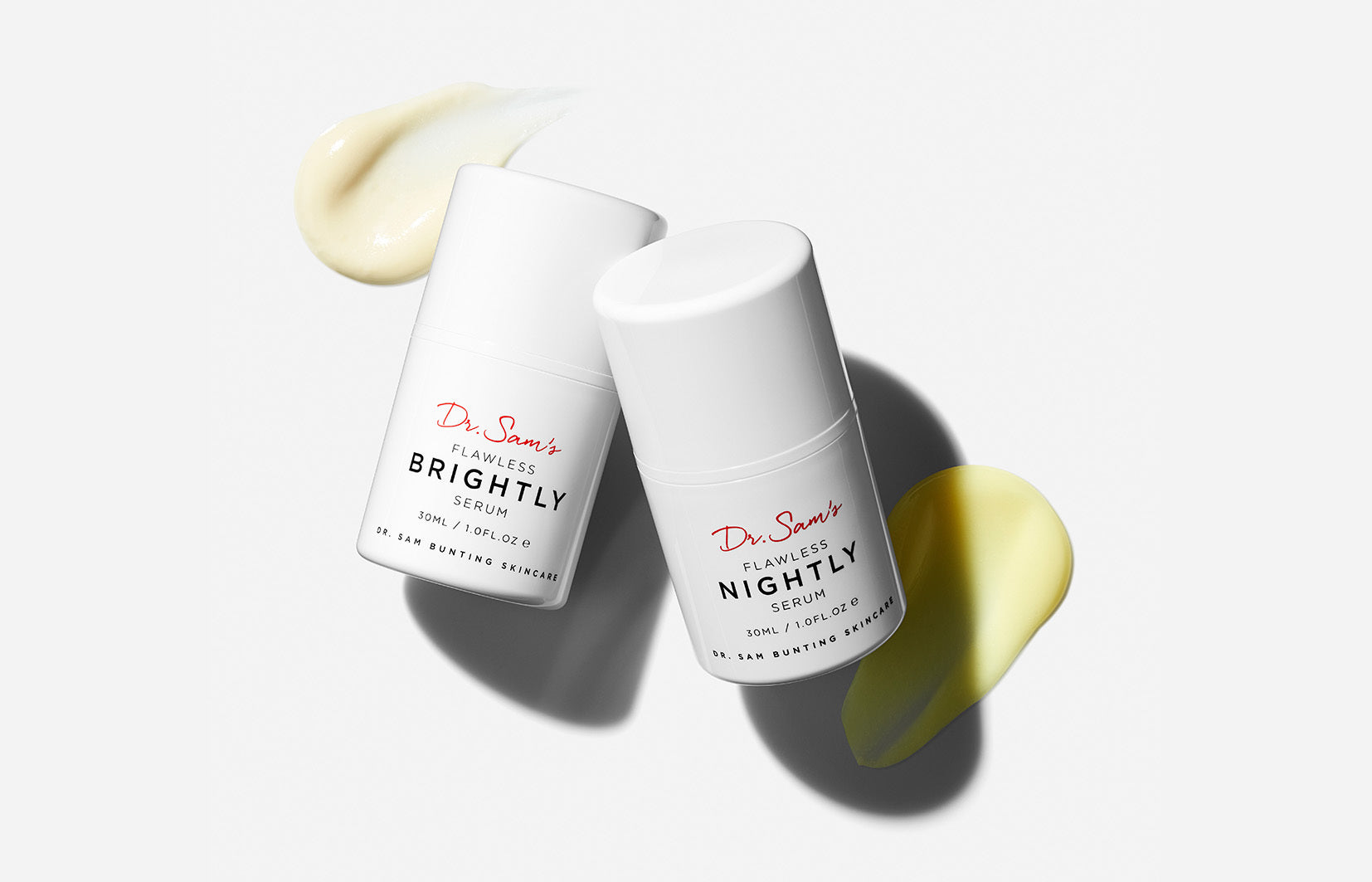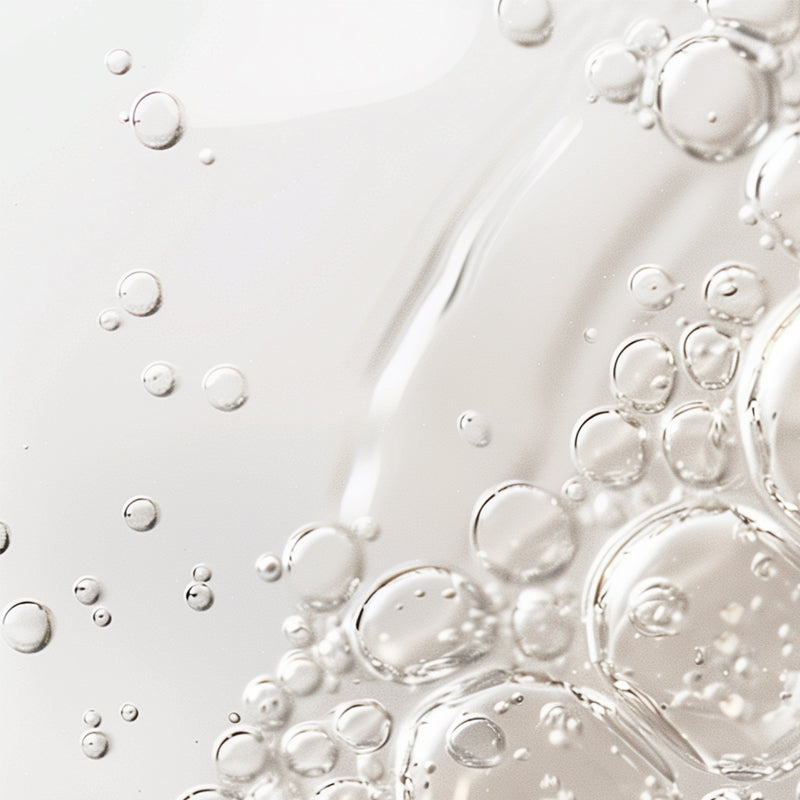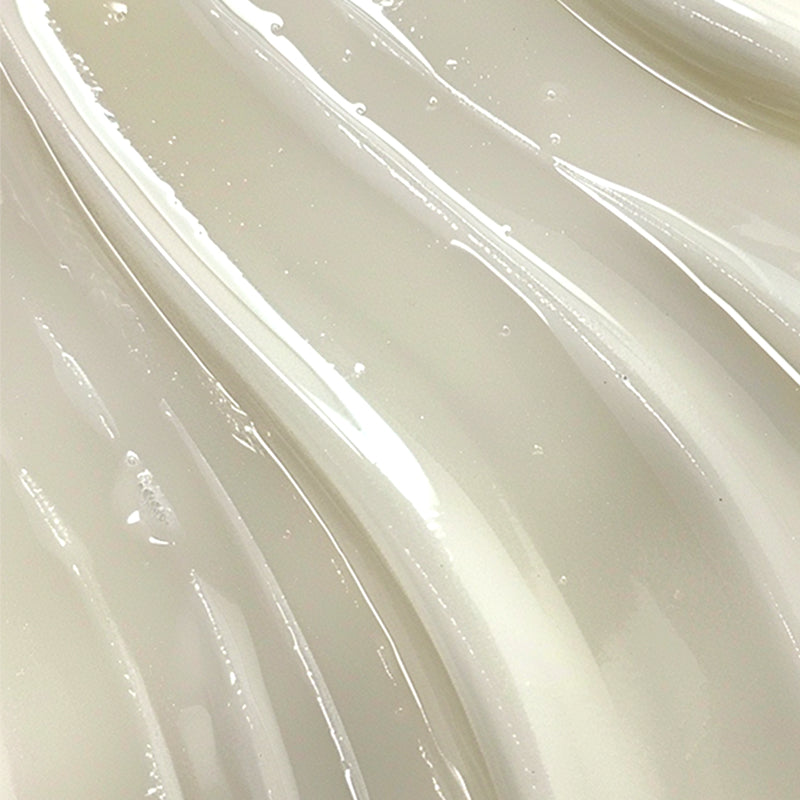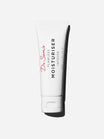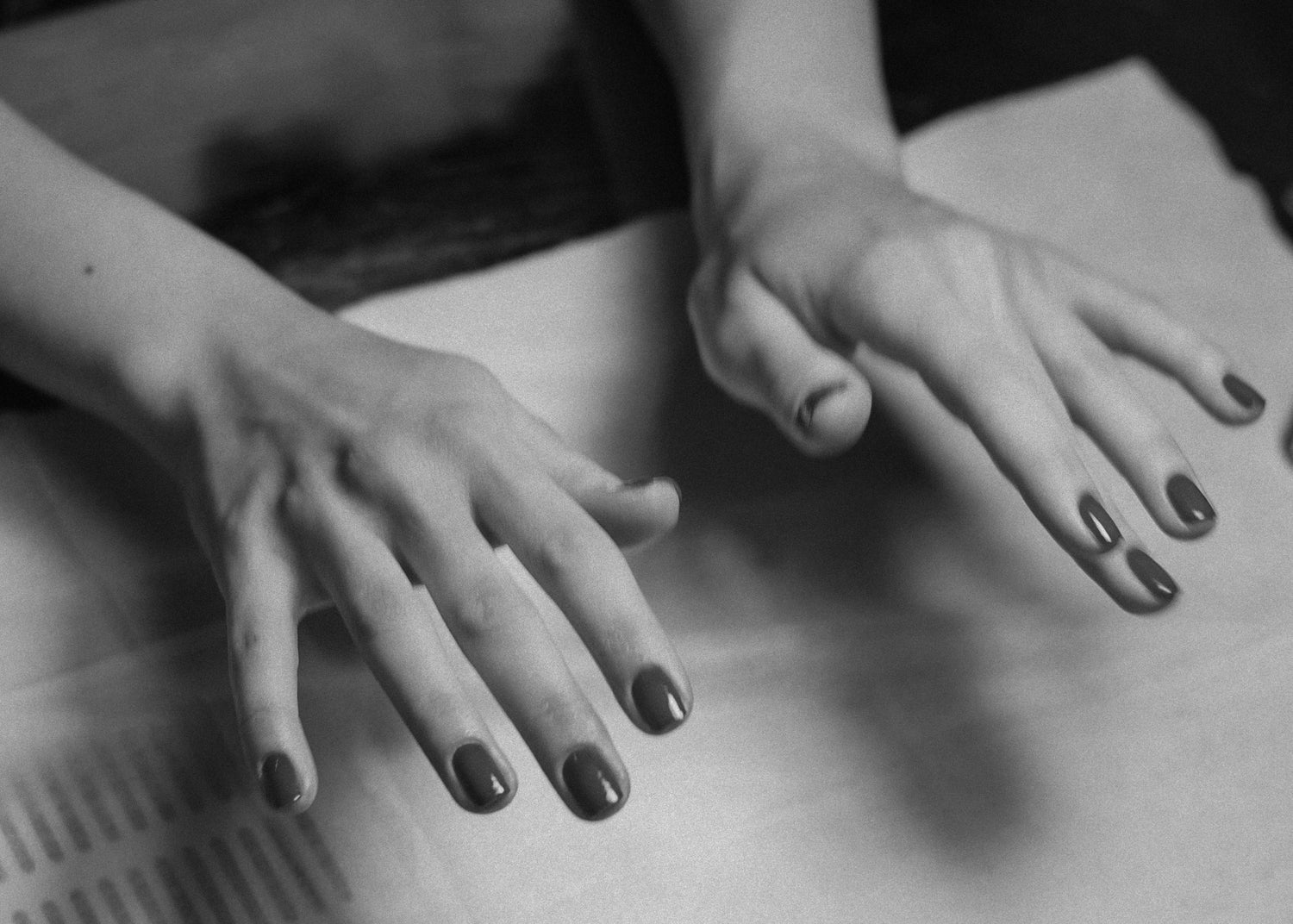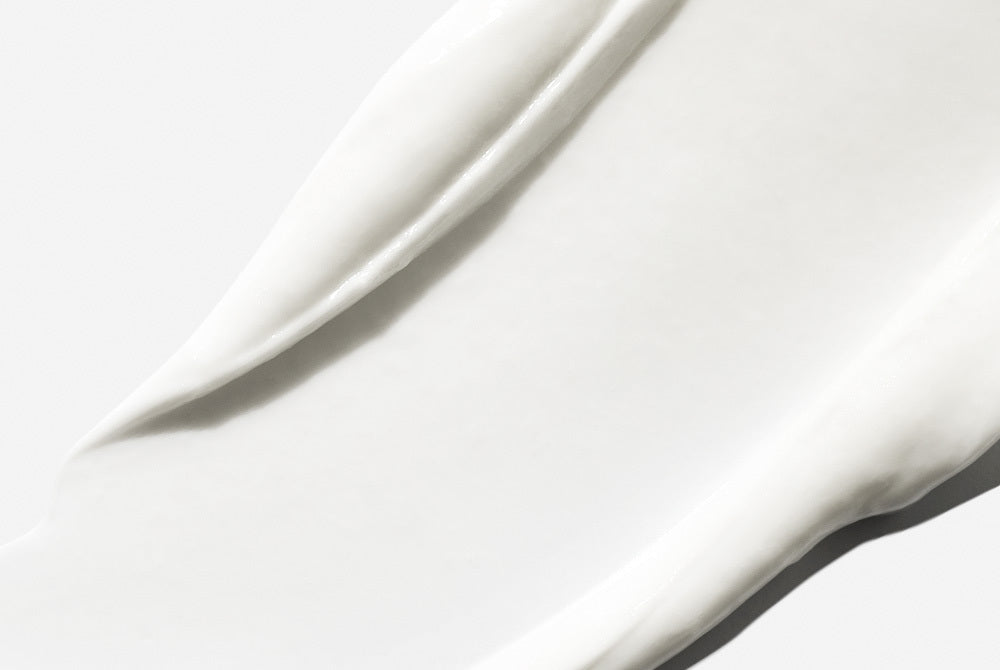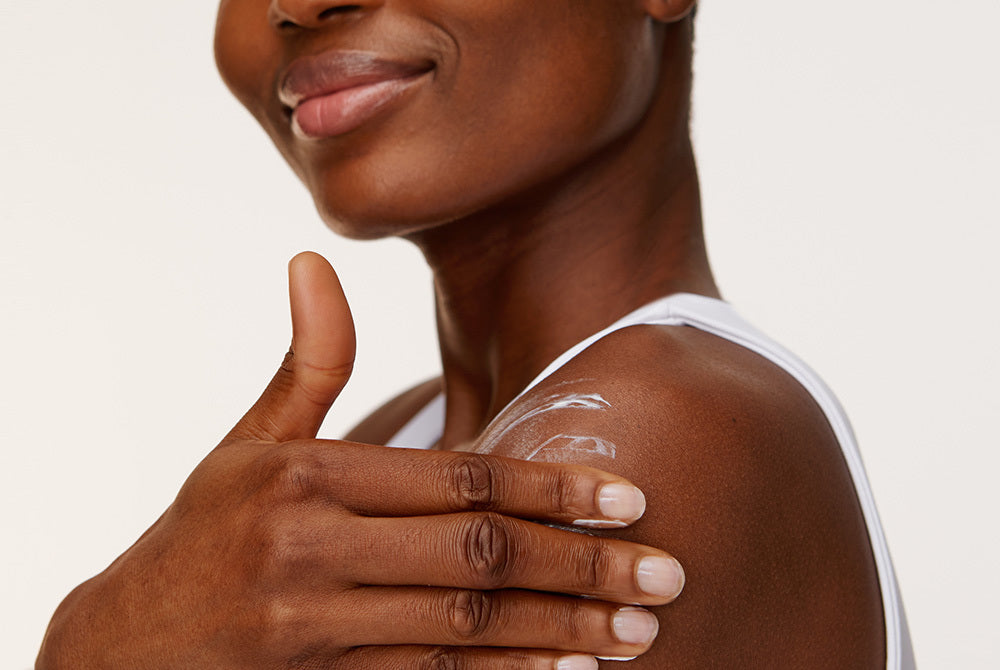Are your hands giving away your age?
You’re not alone!
So let’s discuss what you can do to make sure they match your face!!!
Hands are the perhaps the first area of our skin to age. They’re the most consistently visible part of us, after our faces and make a major contribution to our perceived age. We also use them a lot for communication, so they're literally in your face! Yet, they don’t attract a fraction of the attention we bestow on our visage.
They can very easily become neglected and malnourished, especially if you use your hands a lot in your work, drive long distances, look after an infant, live in a hot climate or have frequent gel manicures to mention just a few situations that can take their toll on skin.
Why is it important to care for your hands?
In an average day our hands go through a lot. We wash them constantly, especially in this post-pandemic era. Whether we’re using soap and water or alcohol gel, the result is an impacted skin barrier to varying degrees. When this is repeated many times a day, it stacks up. Many individuals with naturally dry skin will find their hands the most problematic area to deal with for this reason.
In addition, they’re bombarded by UV rays, just like our faces. But we tend to be less aware of this and a daily sunscreen habit for your hands is perhaps not yet as mainstream as for your face.
Why our hands age quickly?
The backs of our hands suffer most from an ageing perspective because of the effect of cumulative UVA damage. Changes in collagen and other structural elements in the dermis result in skin sagging and thinning as the fundamental scaffolding breaks down.
Factor in a damaged skin barrier, and this accelerates things further. We can think of our hands like a house: the walls are the bricks and mortar structure we talk about that crumble when the skin barrier breaks down. But then, imagine the steel rods under the wall started to buckle and bend. That’s what we’re dealing with here.
What do ageing hands look like?
When the dermis becomes more empty from UVA exposure, veins pop out more prominently, as do tendons and bony structures. In addition, we see changes to the skin surface - rough patches, uneven skin tone and wrinkling occur - and perhaps the most disliked of all, brown spots (also known as solar lentigines).
So let's think about these changes and build a plan to help tackle them.
Surface roughness
As cell turnover slows down with ageing and UV exposure, things get rough. Now, this is distinct from flaking in context of dry skin which is due to lack of water, so it’s important to make that distinction as you tackle it differently.
What are the best ingredients to smooth hands?
The best ingredients for improving skin texture are gentle AHAs and a gentle retinoid. Lactic acid would be my pick of the acids, as it’s a suitably large molecule and won’t tend to irritate. It also functions as a humectant so it actively hydrates as well.
Retinoids work differently, but have a similar outcome - they stimulate skin cells to turnover more rapidly and that leads to an improvement in surface texture. They have other benefits too, which we’ll come to.
What are the best ingredients to help with skin thinning and wrinkling of the hands?
What we need here is redensification of the dermis. Loss of collagen and some of the complexity of the scaffolding of the skin’s deeper layer is what leads to the appearance of deflated, wrinkled hands.
We can borrow from facial skincare and use the ingredients that prevent facial wrinkles, like retinoids, vitamin C, niacinamide and bakuchiol.
It’s important to tread carefully as we don’t want to cause irritation as a consequence of using Actives, the skin on our hands contains fewer sebaceous glands than our face so we need to be aware of that. I recommend a very gentle approach and that we take the long view as this is a project for months to years (not weeks!).
Uneven skin-tone
Our hands often don’t look even toned as we age and we now recognise that our brains are hardwired to register this as ‘older’. The good news is that improving skin-tone is one of the easiest things to achieve in skincare. Firstly, the daily use of SPF alone will improve things. Best to pick a water-resistant, hydrating formula and be sure to reapply the right dose throughout the day. A good guide? Use as much as you use on your face ie 1.25ml or ¼ teaspoon amount. If you’re using Flawless Daily Sunscreen, that’s 3 pumps for 2 hands or Gossamer Untinted, it’s 3 pumps for each hand ( I LOVE this product for hands because it’s so buttery!)
I then like to use niacinamide, which is fantastic for brightening and restoring sallow skin. Again, retinoids will make an impact on this as well. Azelaic acid can also help by inhibiting tyrosinase, which is overactive and makes too much melanin.
Mottled pigmentation
More discrete areas of hyperpigmentation can benefit from the same options as we use in the clinic. I do sometimes use prescription treatments like hydroquinone, but use can be limited by tolerability. And we can use light-based devices too. Treating these has a very high level of satisfaction for patient and clinician!
In-office Procedures
Of course we can go further. Fillers to restore volume, peels to further improve texture and tone, Prohfilo to help with general juiciness…we have lots of options. But I believe that procedures will always go better if you get the skin into a healthier (translation - fresher-looking) place. And you may just find that with a great topical programme, procedures aren’t needed just yet….



